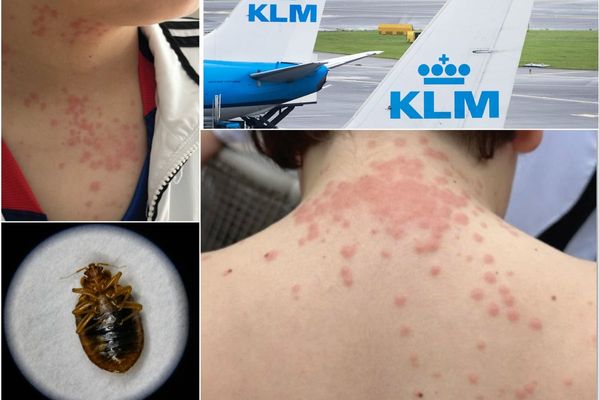
The effects of Sanfilippo syndrome in small children are so devastating that the rare disease is often known as "childhood dementia."
About one in 70,000 newborns inherit this disorder. The affected children look normal at birth, but between ages one and six they begin to develop a host of symptoms, including severe developmental delays, seizure-like episodes, and losses in cognition, vision and hearing. These symptoms are often accompanied by chronic pain and general emotional distress. After a number of years, patients become unresponsive. Without exception, Sanfilippo leads to an early death.
I have devoted my career to understanding this cruel disease and to looking for ways to treat or cure it. Thankfully, therapies for Sanfilippo are on the horizon — for the first time.
Yet there is a barrier to the development and approval of these treatments. The barrier is no longer scientific, but bureaucratic. The Food and Drug Administration is holding potential Sanfilippo therapies to an impossible and inhumane standard.
Sanfilippo syndrome, of which there are four types, results from a deficiency of one of four enzymes needed to break down long chains of carbohydrate molecules. These undegraded molecules accumulate with devastating effects within a child's brain, leading to a heartbreaking neurodegeneration.
There are no approved Sanfilippo syndrome therapies yet, but the science has come a long way. Right now, what's blocking progress is the FDA.
The problem lies in the standard approach the FDA is applying in evaluating Sanfilippo syndrome therapies. Under the agency's traditional approval path, a drug must undergo randomized trials that demonstrate clinical benefits.
This process makes sense for common diseases, such as diabetes, where doctors can administer an experimental type of insulin and judge its efficacy and safety compared to existing treatments or no treatment at all. Diabetes has reversible symptoms that can be observed within weeks.
But that's not the case with Sanfilippo syndrome. Traditional approval processes make no sense for ultra-rare and irreversible conditions. This is precisely why the FDA has another path to get treatments to patients sooner.
Under the agency's "accelerated approval" path, the FDA can make a treatment available on the basis of a "surrogate endpoint" — a measurable biochemical change that predicts forthcoming improvements.
In the case of Sanfillipo syndrome, patients have abnormally high levels of a particular carbohydrate called heparan sulfate, which builds up because of the inherited enzyme deficiency. A reduction in heparan sulfate levels is a robust surrogate endpoint demonstrating a medicine's potential efficacy. Treatments simply need to replace the missing enzymes, allowing the body to break down the heparan sulfate.
Sanfilippo syndrome is exactly the kind of illness regulators had in mind when they created accelerated approval. The straightforward biology behind Sanfillipo syndrome should make approving treatments easy. Yet the FDA has refused to allow Sanfilippo treatments access to the accelerated approval path, insisting instead on traditional approval.
That's a disaster for current and future patients.
Because Sanfilippo syndrome is so rare, recruiting enough patients for traditional clinical trials is a challenge. This obstacle has already forced several research programs to close down. In fact, a biotech executive just shut down his world-leading clinical trial on Sanfilippo, citing the FDA's regulatory process as a key obstacle.
An additional problem with the FDA's traditional approval path is the dampening effect on newborn screening. Routine screenings already benefit an estimated 15,000 infants per year, and the technology exists to help more newborns by testing for all four subtypes of Sanfilippo syndrome.
But without a single approved treatment, public health administrators have little reason to implement newborn screening for Sanfillipo syndrome. Approval of an effective treatment would jumpstart the development and implementation of an effective newborn test for the disease.
Then there's the gut-wrenching ethics issue. The FDA's requirements demand control groups that receive either delayed treatment or no treatment for a year or more. A Sanfilippo patient in one of these groups could hit the point of no return in their illness — beyond which future treatments would be ineffective. In other words, participation in these trials could be a death sentence.
Research suggests that effective Sanfillipo treatments will need to begin before age 2. Forcing a 1-year-old child with the disease to remain in a placebo group for a year could permanently eliminate the possibility of improvement. Is this the only way to evaluate promising treatments? Do some children have to die in order to satiate our desire for data? Some at the FDA seem to think so.
Given the option, most parents of Sanfilippo patients would gladly accept an experimental treatment rather than a placebo, since the alternative is certain death.
Effective treatments for Sanfilippo are finally within reach. The only question is whether the FDA will allow modern medicine to deliver on this promise — or if the agency will continue to insist on an unscientific and unethical approval process when it has a better path readily available.







